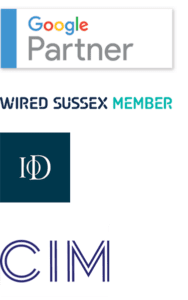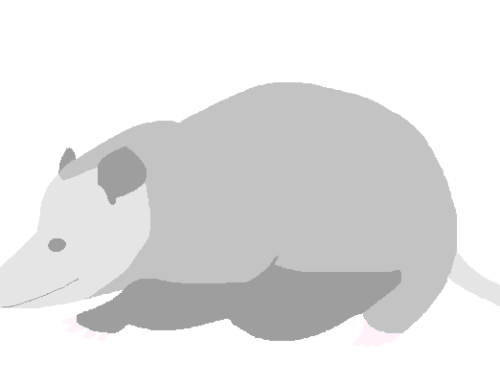SEO is big business! Every company is doing it, but not everyone is doing it right. Over the years there have been many different tools, programs and platforms that make the process a whole lot easier to rank well based on many factors. SEO has changed so much from where it began, and still is today and will in the future as well.
What if I told you that programs alone won’t solve your SEO woes, but that different methods that even some experts don’t use achieve great optimisation.
Today I have got for you 5 killer SEO methods that work in 2016. These are sure to boost your rankings in the search engines for pages and posts…
Header Tags (H1, H2, H3 Etc.)
These should be used for all content on a website (pages and blog posts). Even the header above is an H2 tag. They should be used to break up text and highlight parts of content on the page, making it look more compelling whilst also having a big SEO benefit. If you use WordPress then you don’t need to worry about including a H1 title tag in the body of content, as it is created when you give the page or post a title.
Try to have a natural structure with header tags, using H2 tags for main titles, H3 tags for sub titles and so on. Be careful not to repeat loads of H2, H3 or H4 tags as that is a negative ranking practise that should be avoided and could damage the future SEO reputation of the website.
Density Of Keywords In Content
There is no right or wrong answer, but best practise is usually 2.5% or under (Yoast SEO) of the word count of the content. The bulk use of the keyword should be in the main content. It should also be used once in the first and last paragraphs of the copy. Not only does this make the topic clear to the reader straight away, it is also good for the search engine rankings.
It is also good practise to highlight key terms (bold, italic, underline) for improving readability and making it easy for the reader to understand what they are reading.
Meta Description
The meta description should be unique and relevant for each page/post and include the focus keyword in there. It should be a summary of that page or post, compelling users to click through if they have already been convinced by the meta title and need more information before deciding to click.
160 characters is the limit, go over and the description will be truncated which doesn’t look the best if your a potential user.
Interlinking (And External Linking)
If some pages don’t get enough traffic to them, it is a good idea to link to them from other, relevant content on the site. It can be a good way of sending traffic and page rank to content that readers don’t know is there. It may even lead them to make a purchase or sign up for a newsletter because of interlinking with other pages that compels them to take the desired action.
Linking to external sites is also beneficial if it is a relevant and trusted site to the content on the page. Make sure you don’t take the user away from your website completely, do it so the link opens in a new tab so your website stays open.
Content Is King
Google’s current top ranking factor is unique content… and lots of it! It goes without saying, if you don’t have compelling enough content, bounce-rates are going to be really high. To combat this, create engaging content that is based on target keywords. It’s really a good idea to pose questions to the readers and share opinions, so you can start a debate and create interest in your brand.
Pictures, info-graphics and videos in content also help to keep engagement up and benefit the website in the search engine rankings.
Take the time to build up strong, compelling content. Your readers will appreciate it and Google will love it as well.
Summary
On-page SEO can take quite a while to do effectively, but done well can provide enormous SEO benefits for your website. These killer methods are what Google currently loves and ranks well for. I have made sure you stay one step ahead of the game with the most current and powerful SEO methods that you can put to action today.












Leave A Comment